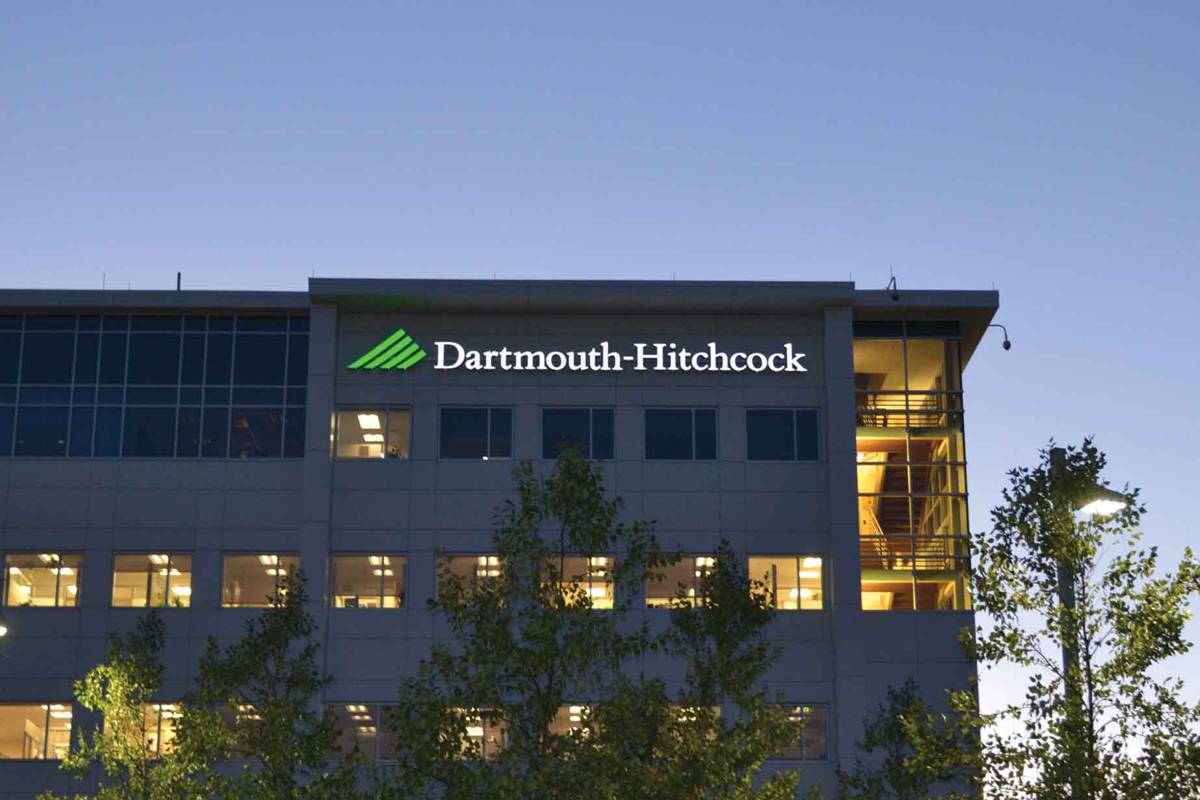In the Emergency Department, the Urgency of Non-Urgent Care
Physician Kevin Curtis is leveraging his Master of Health Care Delivery Science experience to help high utilizers in the ED.

Physician Kevin Curtis is leveraging his Master of Health Care Delivery Science experience to help high utilizers in the ED.
In his 20 years working as an emergency department (ED) doctor—13 at Dartmouth-Hitchcock Medical Center—Kevin Curtis has seen a pattern: the same people coming into the ED time and time again, often for issues related to chronic pain, anxiety, and/or lack of social support. “There can be a lot of frustration in the emergency department from our inability to help these people,” says Curtis. At the same time, these so-called “superutilizers” can take valuable time and resources away from those with more life-threatening emergencies.
Four years ago, Curtis decided to try to do something about it. Teaming up with two others from Dartmouth-Hitchcock, a practice manager and a leader working in quality and value improvement, he enrolled in the Master of Health Care Delivery Science (MHCDS) program at Dartmouth, a collaboration between Tuck and the Dartmouth Institute for Health Policy and Clinical Practice. The program combines courses in topics such as finance, leadership, operations, strategy, and health policy with an action-learning project with the overall goal of equipping graduates to make impactful changes in the health care system.
Partnering with two additional students in the MHCDS program, Curtis and his team began their work by focusing on improving emergency department-primary care coordination, particularly for lower acuity ER patients, both at Dartmouth-Hitchcock and at St. Francis Medical Center in Hartford, Connecticut. As part of this initiative, the team created a novel registry of all ED patients to better understand the people themselves, their patterns, their preferences, and their ED utilization. This quickly led them to appreciate the unique challenges of a cohort of ED superutilizers.
The team has come to learn that many have complex and debilitating challenges with chronic pain, substance abuse, mental health, and/or childhood trauma that have made their lives chaotic. Surprisingly, more than 80 percent of the superutilizers at Dartmouth-Hitchcock are already connected to a primary care team and many come to the ED during normal business hours.
“This is a group of people for whom the typical health care system and health care team have proven ineffective," says Curtis. "They don’t like the emergency room experience, but they haven’t been able to identify a better option.”
The challenge was how to embed them into a different team of professionals—social workers, mental health providers, substance abuse counselors, and community health workers—who they trust, who are easily accessible, and who could address their unique needs. “These people don’t need another prescription. They need a lot of patience and perseverance,” says Curtis. “This is high-touch, low-medicine work.”
To address this challenge, Curtis has begun to develop an individualized action plan for each superutilizer that addresses their specific needs when they are considering going to the ED, while in the ED, and after they leave. Initially, Curtis planned on creating a bricks-and-mortar superutilizer clinic. But after learning how difficult it can be for superutilizers to make regularly-scheduled appointments or interviews, the team has decided to shift their focus and let the clinic come to the superutilizers. With a health care quality grant from Harvard Pilgrim Health Care, Curtis is developing a “virtual superutilizer clinic” to treat these patients while they are in the emergency room. Now when one of these people comes into the ED, a real-time pop-up alert notifies the ED doctor, an automatic link directs the ED team to the individualized ED action plan, a care manager or social worker interviews the patient, including understanding ongoing challenges and needs, and the next step is coordinated for them—all while still in the ED.
Curtis credits the MHCDS program with helping him understand the relevant health care delivery issues, developing an innovative strategy, designing the operation, and negotiating with stakeholders inside and outside the hospital to create something mutually beneficial for everyone. “Some programs only provide knowledge about health care delivery, but the MHCDS program also provides the tools to effect change,” he says. “It’s not just, ‘I have identified a problem and think I have a solution” but, ‘How do I build a team to take innovative ideas out into the busy world and make them successful.”